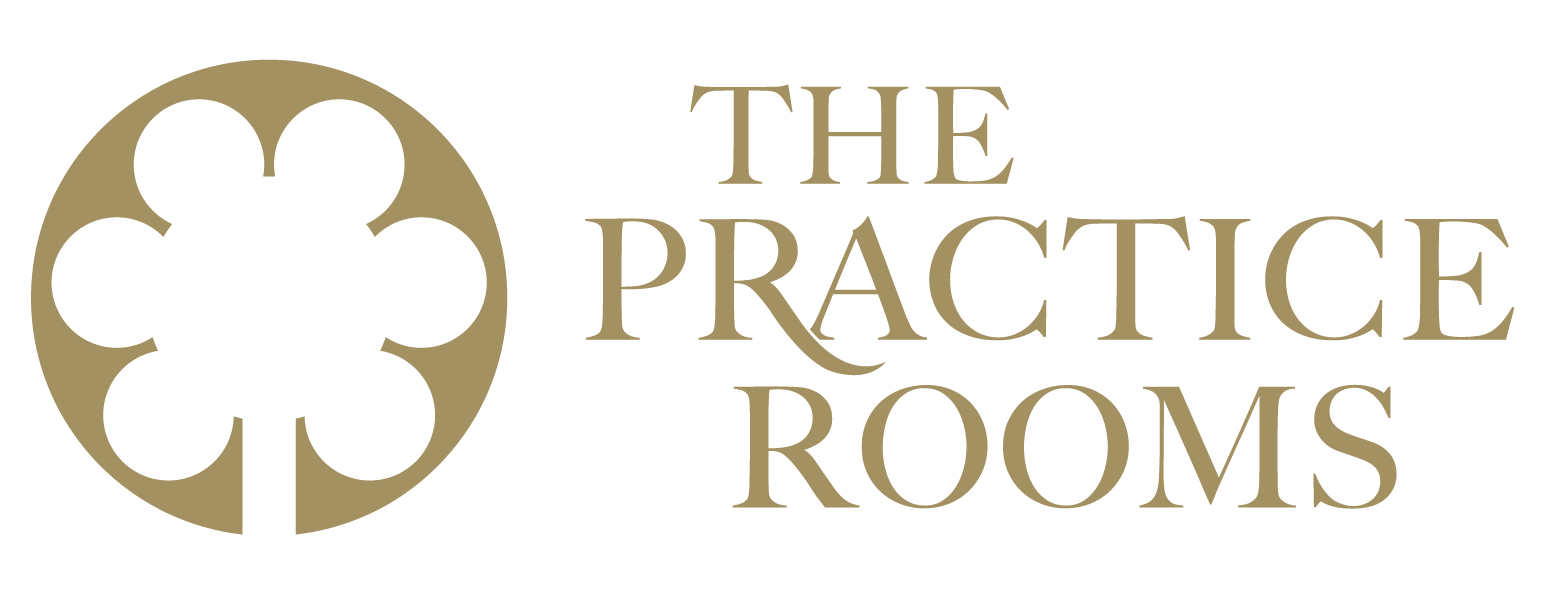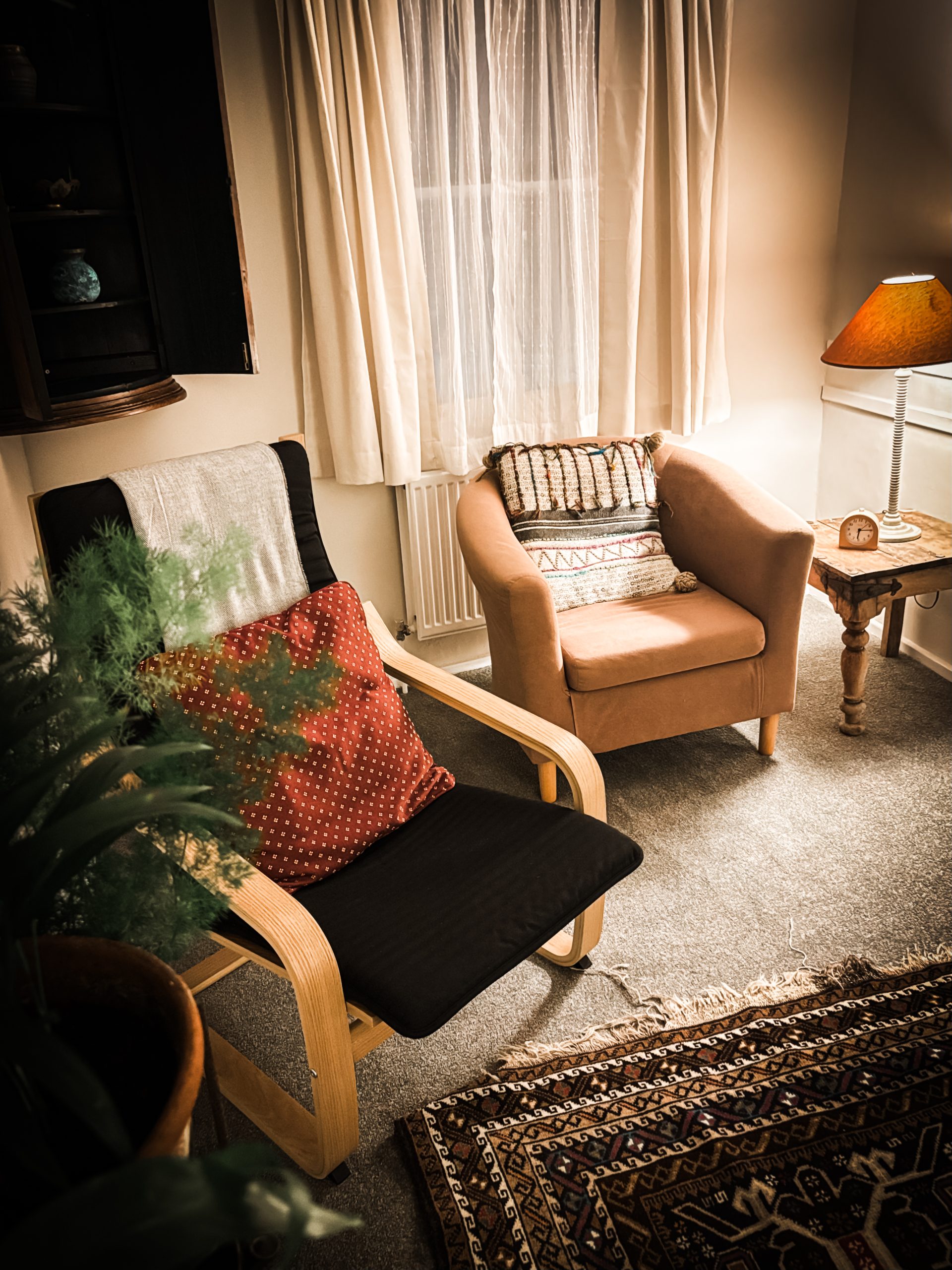Five simple things
…that help me be fully there for my clients.
As a senior counsellor at SurvivorsUK, I manage four students on placement with us. When I check in with them for our one-to-ones, I often find myself reflecting on my own time as a student counsellor and early days after qualifying.
I remember hearing quite early on that a lot of what we learn in our training, we unlearn as we become confident enough to find our own ways of being as therapists. I also remember being dismissive of the notion that I may become complacent about doing the things I need to do to be fully present when I work – but now I know how easy it is to let slip the little things that enable me to be fully there for my clients.
At a time in my career (and life) when caring for myself as well as my clients and family can be a challenge, I am refreshing how I prepare for my sessions and the little things I need to do to be there for my clients and colleagues.
1. Clear my space
I now work remotely, and while I always make sure that the space behind me is uncluttered and fairly neutral for online sessions, it is easy to forget to do the same with the desk space around my laptop – which is the space that I look at for those 50 minutes. The days when I don’t take the time to tidy away my notebook, hand cream etc are a sharp reminder of the importance of doing so, as is straightening up items I choose to leave on my desk. It might just be me, but I find it very hard to focus when, in the corner of my eye, I can see a misaligned clock, pen pot and oil burner.
2. Prepare a drink
During my training, there was much talk about how having anything other than a glass of water (and even that) could be used as a tool for avoidance, but this notion was challenged early on by a supervisor, who would make me a cup of tea as soon as I arrived for our sessions. It took me a while to shake off the belief that this was a bit of a no-no until I found myself desperate for a cup of coffee before a session and, when he arrived, asked my client if he would like one too. It turned out to be a moment of connection, one where we met each other as two perfectly imperfect human beings. Now I don’t think twice about making sure I have a cup of tea or glass of squash in my sessions – and invite my clients to do the same if that is what they need to be present too.
3. Make sure that I am comfortable
This can range from opening a window in the summer or covering my legs with a blanket in winter, having a snack or going to the loo. It was a revelation when, at a CPD event, the trainer pointed out that it is better to turn up to a session a few minutes late than spend the hour with our legs tightly crossed and our minds wandering to the contents of our fridge. It sounds simple, but striving for perfection (i.e. being on time every week) can easily get in the way of good enough – and no-one wants a clock watcher for a therapist.
4. Put on my lipstick and glasses
When I began my first paid job as a counsellor, I was signposted to the book “Help for the Helper” by Babette Rothschild. Empathy as a core condition had been drummed into me, but less focus had been put on the risk of over-empathising – especially when working with trauma. The idea of creating a natural barrier between myself and my client was one that seemed at odds with everything I had been taught, but it made sense – yes, we need to be able to sit with our client and their pain, but we put ourselves and our clients at risk if we are not able to remain separate from it. We didn’t think twice about wearing masks to protect ourselves during the pandemic, while offering support to others, and my specs and lippy enable me to do the same.
5. Do what I need to do for each individual client
It was Rothschild who also introduced the idea of developing self-care plans for everyone on my caseload. Now I regularly look over my client list and think about what I need to do before my session with each one. I’m a big fan of aromatherapy, and turn to an invigorating blend of citrus oils for those sessions where I feel a client’s exhaustion or numbness, or grounding frankincense and sandalwood for those who might trigger my own trauma responses. Taking time to think about how my body is positioned also helps – can I feel my feet on the floor? Am I sitting in a position that allows my muscles to relax, or am I slightly slumped? Finally, I take a few breaths, placing emphasis on the out breath if I need to calm, or using my yogic fire breath if I need energising.
Then, and only then, am I ready.
Michelle Buckberry is a senior support counsellor for Survivors UK – michelle.buckberry@survivorsuk.org


